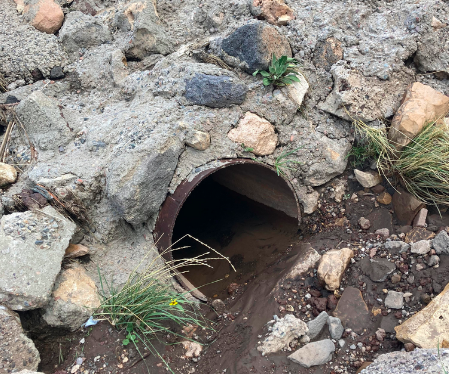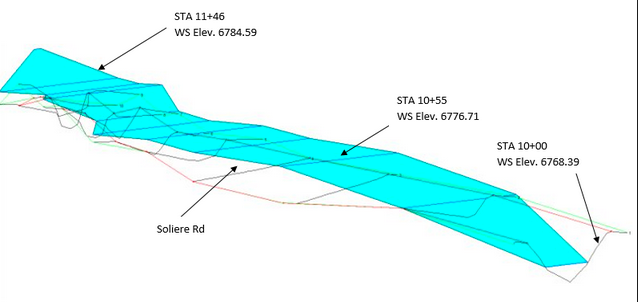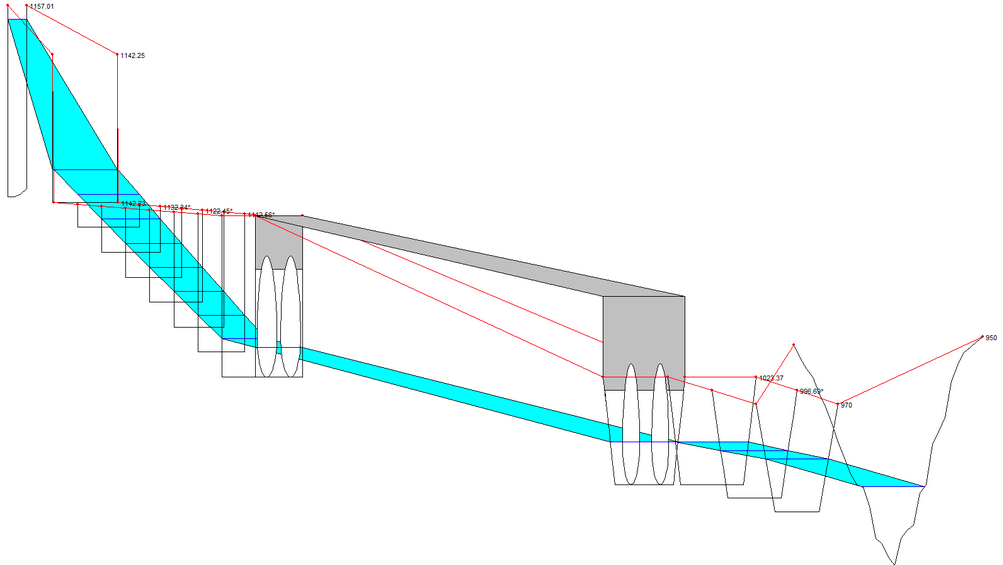Fanning Wash at Intersection of Soliere Ave
Final Project Design
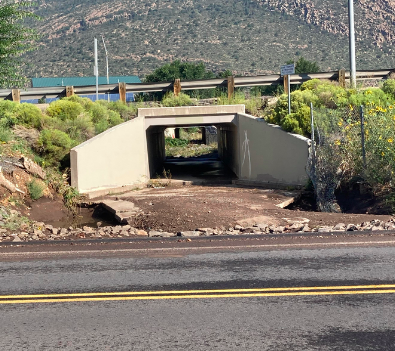
I40E Existing Culvert Outlet Photo Credits: Preston Meek
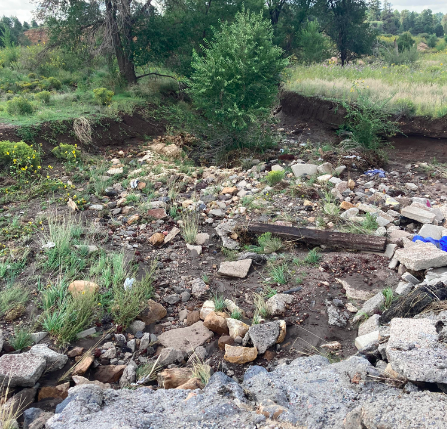
Rio de Flag Downstream from Site Photo Credits: Preston Meek
Site Investigation
To begin, a preliminary investigation of the site was conducted to establish what information, boundaries and land features needed to be collected. The team decided to survey from the I40 culvert outlet to 50' into the Rio de Flag. Using a GPS and base, land surveying was completed to pick up site characteristics upstream and downstream on either side of Soliere Avenue. A site map and topographic map were developed from this.
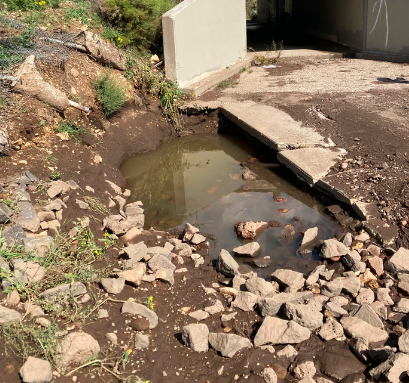
Existing Clogged Culvert Inlet Phot Credits: Austin Simmons
